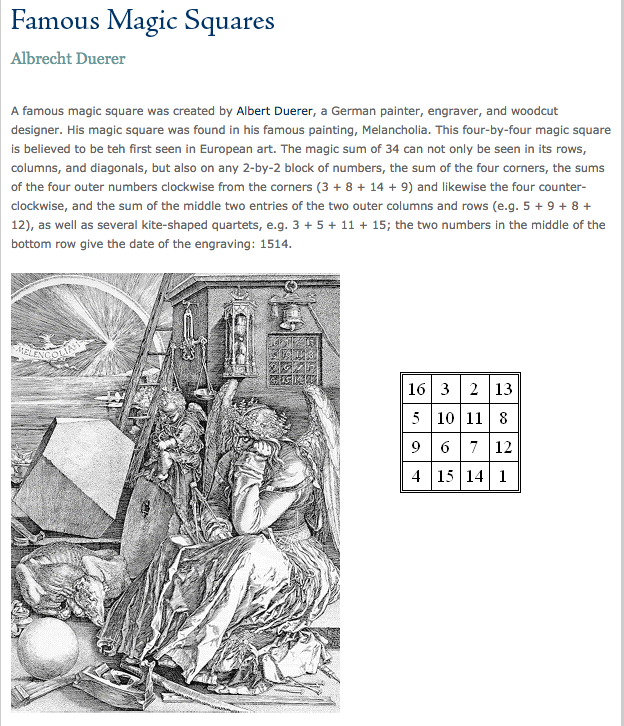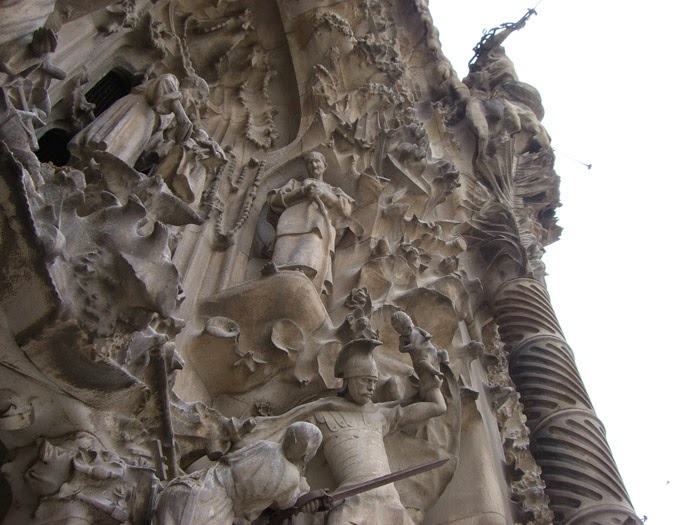Visual Paradox Master: Rene Magritte
Consider the nature of a paradox. It deals with self-contradiction and inconsistency. Its concerns are conflict, puzzle and mystery. Enigma: ambiguous; baffling; perplexing; these become an exciting dimension for re-interpretation and imaginative staging. No wonder than that Rene Magritte has such an impact on the contemporary visual thinkers. The changing world of finance, human relationships, international communication and understanding of ethical values are shifting along a broad continuum. Anomalies and incongruities are constants. The new environs provide a fertile investigation mine for the curious explorers in creativity. More from Rene Magritte, the master of paradoxical staging.



